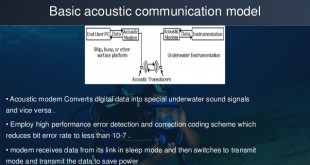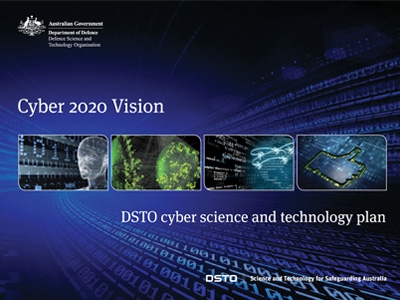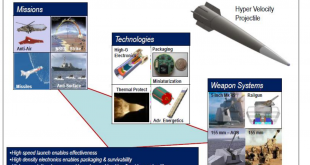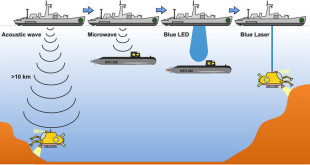Approximately 70% of the Earth’s surface is covered by water, yet almost 95% of the underwater world remains unexplored. Nearly 4000 robots are swimming up and down in the world’s oceans, which allow scientists to measure and understand ocean dynamics, like the directions and speeds of currents, as well as …
Read More »Fuel cells technologies enabling less expensive, durable, eco friendly power on-demand for transportation and military systems
Since the Industrial Revolution, the environmental impacts of energy have posed a concern. Recently, this has driven researchers to search for viable options for clean and renewable energy sources. Due to its affordability and environmental friendliness, hydrogen is a feasible alternative to fossil fuels for energy applications. However, due to its …
Read More »Heterogeneous computing architecture for emerging digital warfare
The world of high-performance computing is particularly challenging, as new flavors of sophisticated sensors, complex cameras, and the requirements of Advanced computations, which include Software-Defined Radio, cryptography, and other types of arithmetic-intensive algorithms. Recent developments in artificial intelligence (AI) and growing demands imposed by both the enterprise and military sectors …
Read More »Multi-factor authentication has become essential to protect accounts in commercial and military
The traditional, not so secure way to log in to your bank account: enter your username and that familiar password you probably use for most of your online accounts. Then, you’re in. You can go about your business. If you’re one of the 54% of consumers who, according to TeleSign, …
Read More »Australia facing cyber attacks by sophisticated state-based cyber actor, implementing Cyber Vision 2020, cyber security strategy, cyber science and technology plan
The exponential growth of information and communications technology (ICT) technology that includes Internet, telecommunications networks, computer systems, and embedded processors and controllers, has led to creation of Cyberspace, a global domain within ICT. The economic, social and strategic influence is exerted within, and through cyberspace domain, much like the land, …
Read More »Gun-launched guided projectile (GLGP) or Hypervelocity projectile (HVP) to protect Surface Ships from large missile salvos by Russia and China
The US Navy is concerned about the survivability of Navy surface ships in potential combat situations against adversaries, such as China, that are armed with large numbers of missiles, including advanced models, and large numbers of UAV. In response, the Navy surface evolved a new organizing for the Navy’s surface …
Read More »Navies developing new Propulsion technologies for High Speed and longer range torpedos
Torpedoes are self-propelled guided projectiles that operate underwater and are designed to detonate on contact or in proximity to a target. For the U.S. Navy, the modern torpedo enables submarines to defeat surface and undersea threats and gives surface ships and aircraft the means to reach beneath the surface and …
Read More »Military thrust for Microsatellites and nanosatellite Clusters for more resilient space architectures
Micro- and nanosatellites have emerged as a highly versatile and economical resource for the satellite community, becoming one of the major areas of development and growth. They find application in scientific research, communication, navigation and mapping, power, reconnaissance, and others including Earth observation, biological experiments, and remote sensing. There …
Read More »Underwater Communication technologies critical for submarine, AUVs and ASW operations
Approximately 70% of the Earth’s surface is covered by water, yet almost 95% of the underwater world remains unexplored. Nearly 4000 robots are swimming up and down in the world’s oceans, which allow scientists to measure and understand ocean dynamics, like the directions and speeds of currents, as well as …
Read More »Material coatings on Ships and Submarine hulls reduce drag, enhance stealth and prevent marine growth, enhancing their durability and performance
Material coatings on Ships and Submarine hulls reduce drag, enhance stealth and prevent marine growth, enhancing their durability and performance. Ship manufacturers are increasingly looking towards materials that can improve performance and increase weapons load, while reducing fuel costs, maintenance, and environmental impact. Approximately 80% of the fuel consumed by a …
Read More » International Defense Security & Technology Your trusted Source for News, Research and Analysis
International Defense Security & Technology Your trusted Source for News, Research and Analysis







